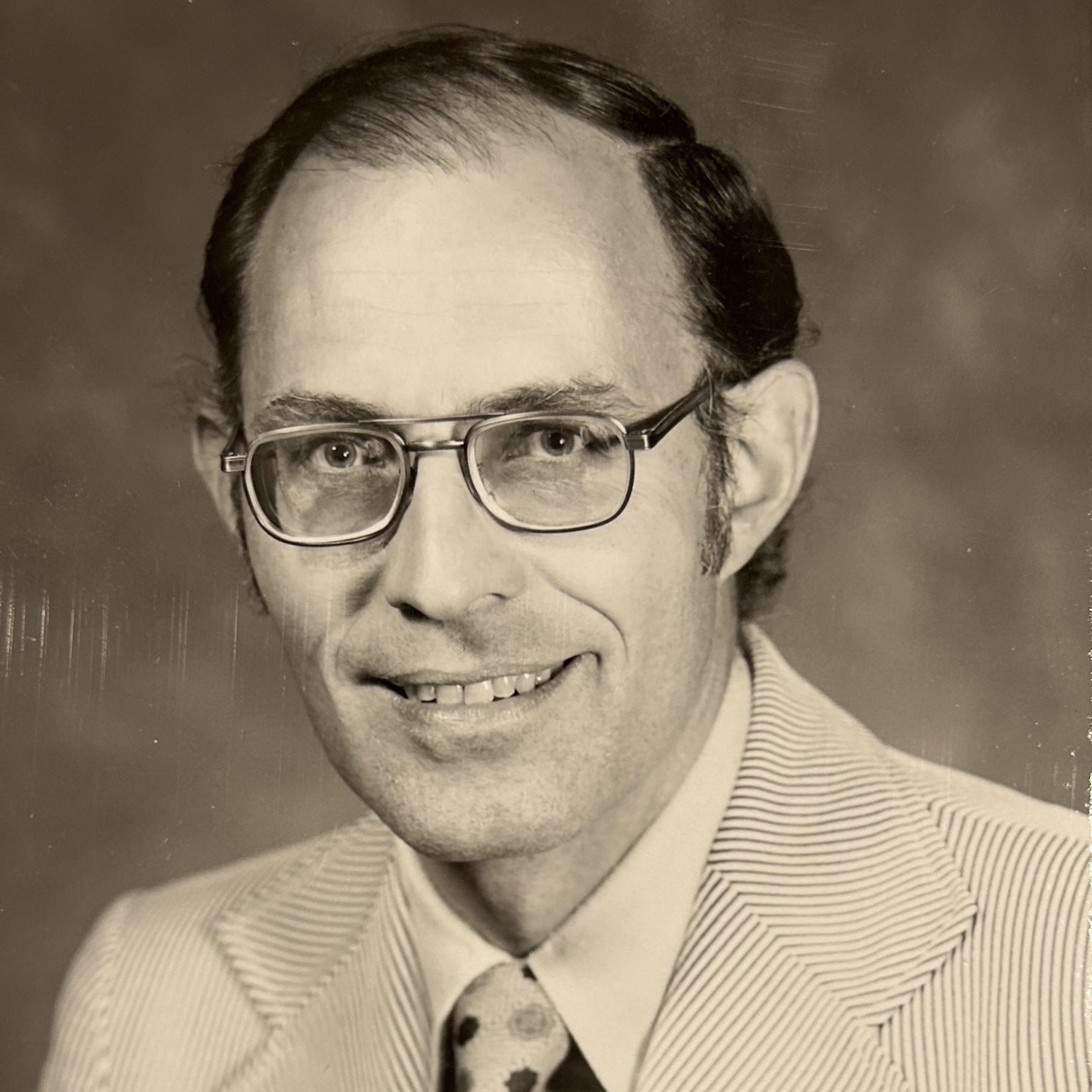Sunstone, August 1992.
The limits of contention ought to be tight; the limits of difference ought to be wide.
IT IS A COMMON AND USUALLY CONSTRUCTIVE reality that there is tension between an organization and its intellectuals. Regardless of the institution–governments, trade unions, churches–there will always be tension. It is part of the larger world of conflict between intellectuals, who don’t have to run the organization, and the people who do, who feel that independent thinking is a nuisance, especially when it doesn’t support the established policy and programs. At some time, most members of the LDS church have experienced this tension, either as a dissenting intellectual or as a leader, or both. I will share some personal perspectives and strategies that help make this tension creative and constructive rather and wearisome and destructive.
An example of this dynamic is the current tension at Brigham Young University. BYU is in the process of coming of age as a major university; it is taking dramatic actions that move it in that direction, but also fuel the tension. In the last few years we have clearly started to hire the best people in their academic fields. They come with aspirations, dreams, and styles rooted in their training at Harvard, Stanford, Michigan, and Berkeley, and they want to behave like the people at those schools. When they get to BYU they find that they are part of a very powerful young group. So these young professors bring a front edge that is ahead of the existing faculty, the administration, and the system. As a result of their education, they not only see their academic fields differently, but also their religion and the role of the university. With that edge, they make demands– they have expectations for research money, for graduate students, and for a voice in the larger world of ideas. They receive encouragement and reinforcement from strong deans and the fact that the first determinant for advancement is published research.
Ironically, at the same time these people are coming in, the university is saying that it is primarily an undergraduate institution and that its resources are primarily going to support its undergraduate students and programs, and that it is not going to increase research or graduate programs. But that’s why these young scholars came; many feel betrayed in terms of why they came and where they are now. Understandably, they start looking at the system that makes these decisions. Recently, one new faculty member said to me, “Who’s making these decisions anyway? Who do they think they are?” Many of these young people feel that the faculty are the university and should determine what the university is about. There are enough new faculty here now to form a critical mass. They see their actions and criticisms as natural, day-to-day expressions at a university, but others see them as major attacks on fundamental assumptions; and so the tension increases.
